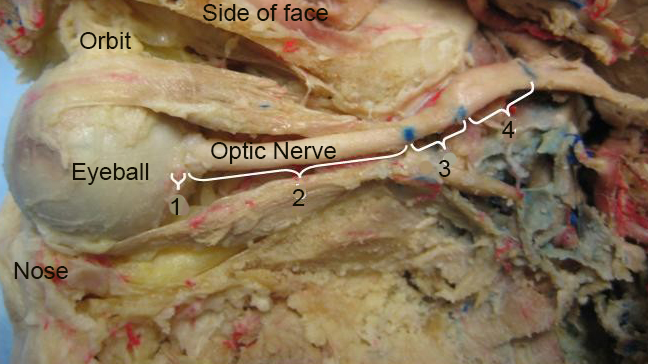I have blogged in the past about the fact that space is not a friendly place. It takes a toll on human beings who spend a lot of time there. Calcium leaches out of the bones, muscles lose mass, there is damage to the visual system, and dangerous radiation is common and could lead to cancers. Today, I am going to go into more detail on the damage to astronauts’ eyes.
Nearly half of long-term astronauts have shown some “significant vision problems upon their return.” Many astronauts find that they cannot focus their eyes correctly after they land and some need glasses for the first time in their lives. A study in 2011 showed changes to the anatomy of astronauts’ eyes.
Another study was conducted of twenty-seven astronauts who were exposed to micro or zero gravity for an average of one hundred and eight days during space shuttle missions or stays on the International Space Station. The research showed that of astronauts who spend more than thirty days total time in space, nine of them had expansion of the cerebral spina fluid space around the optic nerve. Three had changes in the pituitary gland which produces hormones that have important functions in the human body.
William Tarver, chief of flight medicine clinic at NASA/Johnson Space Center, says “NASA has placed this problem high on its list of human risks, has initiated a comprehensive program to study its mechanisms and implications, and will continue to closely monitor the situation.”
Larry Kramer, professor at The University of Texas Medical School and lead researcher on the 2013 study said, “Microgravity-induced intracranial hypertension represents a hypothetical risk factor and a potential limitation to long-duration space travel.”
Peggy Whitson, who has flown twice on the station and is currently the chief of the astronaut office says, “We've known about vision changes on orbit but in some cases we've actually found that it can be permanent. Some of it is reversible. Some people get reverses and they come back to the same level that they were at pre-flight, and some were not reversible. We don't know enough yet to understand the mechanisms for how that happens.”
Fifteen astronauts who spent about six months each in orbit were studied recently. The investigation found that the tissue at the back of their eyes around the heads of their optic nerves were warped and swollen for weeks after they landed from their missions.
Some of the astronauts in the study had previous eye damage that might have been the result of previous missions. Images of the tissues around the gap where the optic nerves penetrate the back of the eye showed those tissues swelling and sinking deeper into the eye after the long-term missions ended.
Researchers are not certain what is causing the movement and swelling of tissue in the astronauts’ eyes but they have a hypothesis. It is possible the internal pressure of the eye increases during long missions, but the eye adapts to the new pressure. If this is the case, maybe when they return to Earth, the pressure might return to normal so quickly that the tissue in the eye is irritated and deformed.
NASA does not have a solution to this problem. And they may not have the ability to develop such a solution. However, it is an important issue that must be solved if we are going to launch deep-space manned missions.
